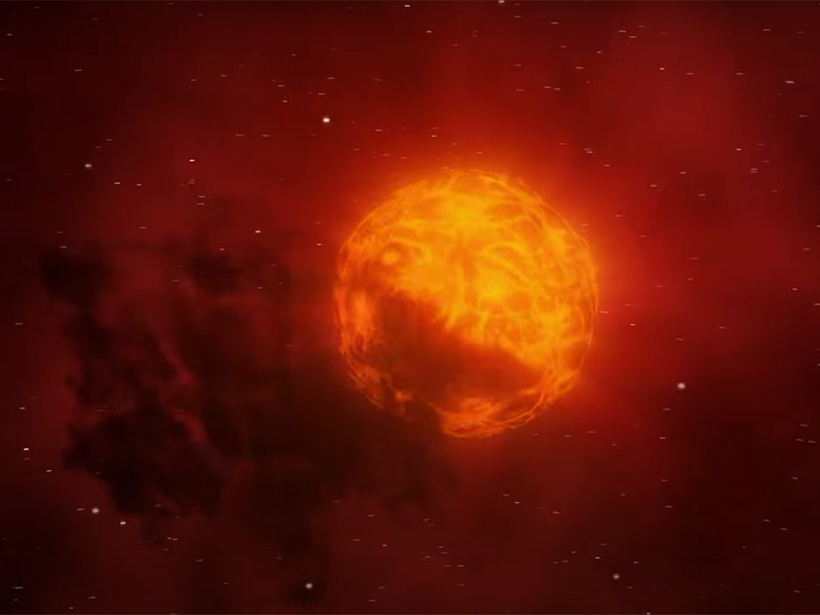Thanks to last-minute telescope time, researchers pieced together the sequence of events that caused Betelgeuse’s Great Dimming last year.

Thanks to last-minute telescope time, researchers pieced together the sequence of events that caused Betelgeuse’s Great Dimming last year.